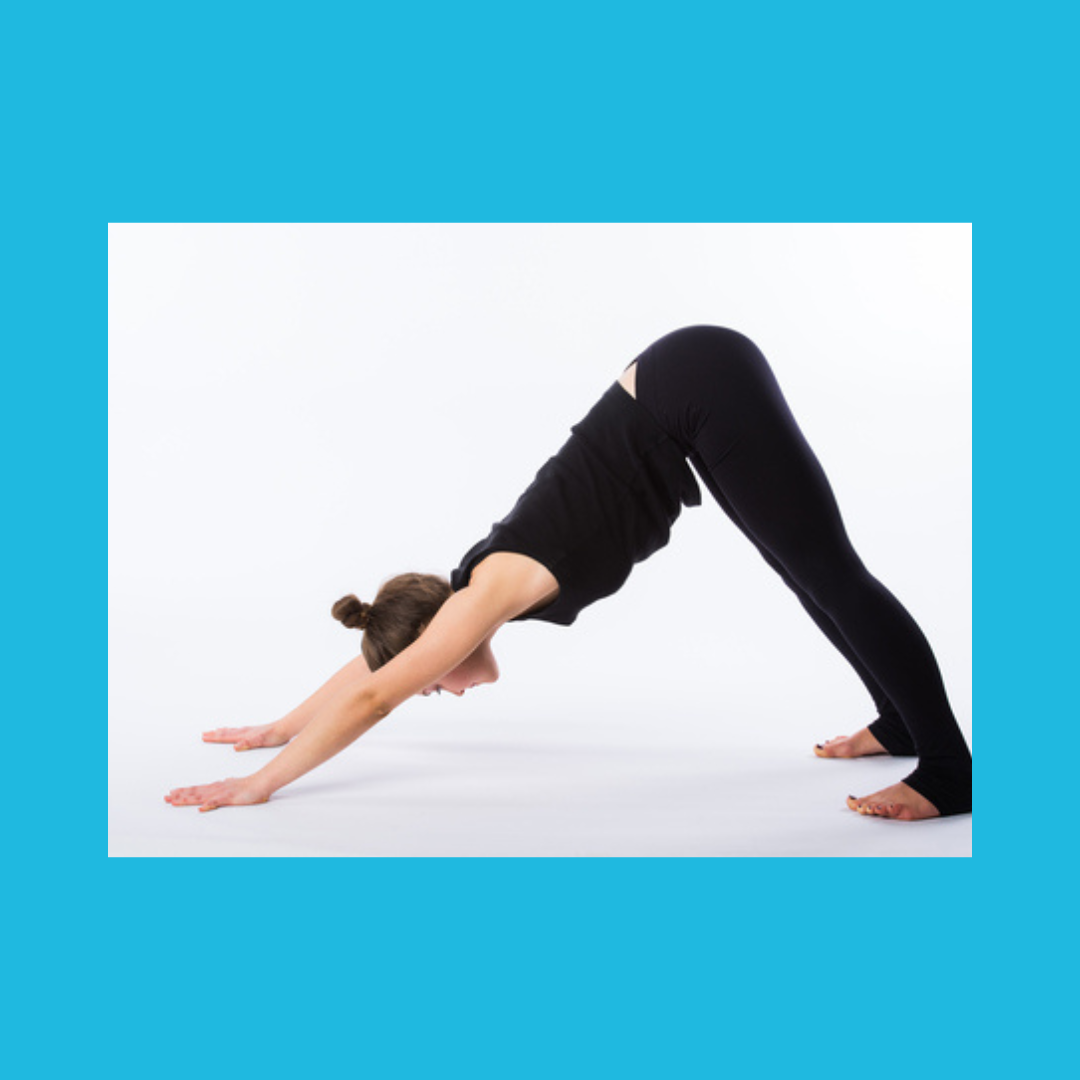Yoga is an activity that it seems everyone is either doing, has tried, or thinks maybe they should try. There are classes at gyms, formal yoga studios, hospitals, corporate offices, and even in the park when the weather is nice. There is a type of yoga for every person’s goals and hopefully a studio or teacher within a reasonable distance. Yoga has varied aspects: yoga can refer to a physical practice, a mindfulness or meditation practice, a spiritual practice, and a breathing practice. Yoga can mean a way of making choices throughout the day in order to strive towards more kindness and compassion.
What are the benefits that keep students coming back to their practice, or that entice newcomers onto those sticky mats? While yoga is not generally cardio-intensive like running, biking or swimming, yoga can improve strength, increase flexibility, and improve coordination. And while getting the heart rate up through cardiovascular exercise is important, yoga has been described as improving the efficiency of cardiovascular system functions. Yoga has also been used to support the management of anxiety, depression, and insomnia. Many cancer survivors have found the practice to support not only their physical bodies, but also their emotional and spiritual experiences, leading to an improved sense of community and peacefulness. Combined with other forms of treatment, yoga can be very useful for managing chronic pain conditions.
The yoga practice has often been a tool to manage stress.
How nice is it to get on your mat, and for the duration of class to only be responsible for tuning in to how your body feels? Another gift of yoga is developing body awareness: what’s difficult, where do you feel tight or more flexible, and what’s actually happening with my 5th toe when I try to balance on one leg? Yoga can offer us the opportunity to learn about the body we inhabit and as we learn, we may be offered more choices about how we move and care for our bodies. A down dog may feel very different after a lovely Hawaiian vacation versus during a particularly stressful week at work. That’s so interesting because while it’s the same posture, maybe even within the same month, we can find each moment to offer a different experience.
Yoga can help a practitioner gain focus.
Mindfulness is en vogue right now, and for good reason. Mindfulness is inherent to the yoga practice. “Be here now, feel what you feel at the present moment, tune in.” As much as yoga is mindfulness, mindfulness is in fact yoga, which means you can practice yoga anywhere, at any time. For example, you can participate in the practice of yoga when you take care of yourself when sick or injured simply by choosing how you place your body mindfully, how you interact thoughtfully with others, and by noticing how you feel as you heal. Mindfulness often lowers a person’s sense of irritability and reactivity to the daily stressors such as traffic. Mindfulness often leads to a sense of well-being, and being aware of your wellness can also reveal when you might benefit from further support such as from a health professional, a counselor or a friend.
Making rest a priority is a healthy habit.
Our society is great at supporting productivity, striving towards goals, and living a full but sometimes overbooked life. What we often need help in making space for is rest. Doing nothing is really important, and an active or restorative yoga practice may help us rest more fully. Some folks like to have a practice on their own at home. Other times having a structured class environment is more successful because students can know that from 8am-9am its yoga time, the phone is put away, and the teacher guides the class, allowing the student to follow along. Scientifically, yoga helps us balance our nervous system and can lead to increased ease and relaxation, getting out of our “go-go-go” state. With increased relaxation, our bodies may experience decreased blood pressure, decreased release of stress hormones, and healthier gut function too!
If yoga sounds like it would be an interesting addition to your week, consider trying out different styles and teachers to find the best match for you. Sometimes the way the studio feels, or what kind of philosophy the teacher utilizes to frame the class can fit students differently. For example, you might prefer a quiet, private studio or a bright, upbeat environment. There is a practice for everyone, and that may or may not include the physical practice. If you are more interested in the mindfulness or meditative practices, finding a meditation workshop or meditation teacher is a good way to get started. Ask questions of teachers and studios to find the right practice for you, which might change or develop over time. To check out a yoga class at Flow, check out our scheduled (and growing) class list at http://flowrehab.com/yoga.








